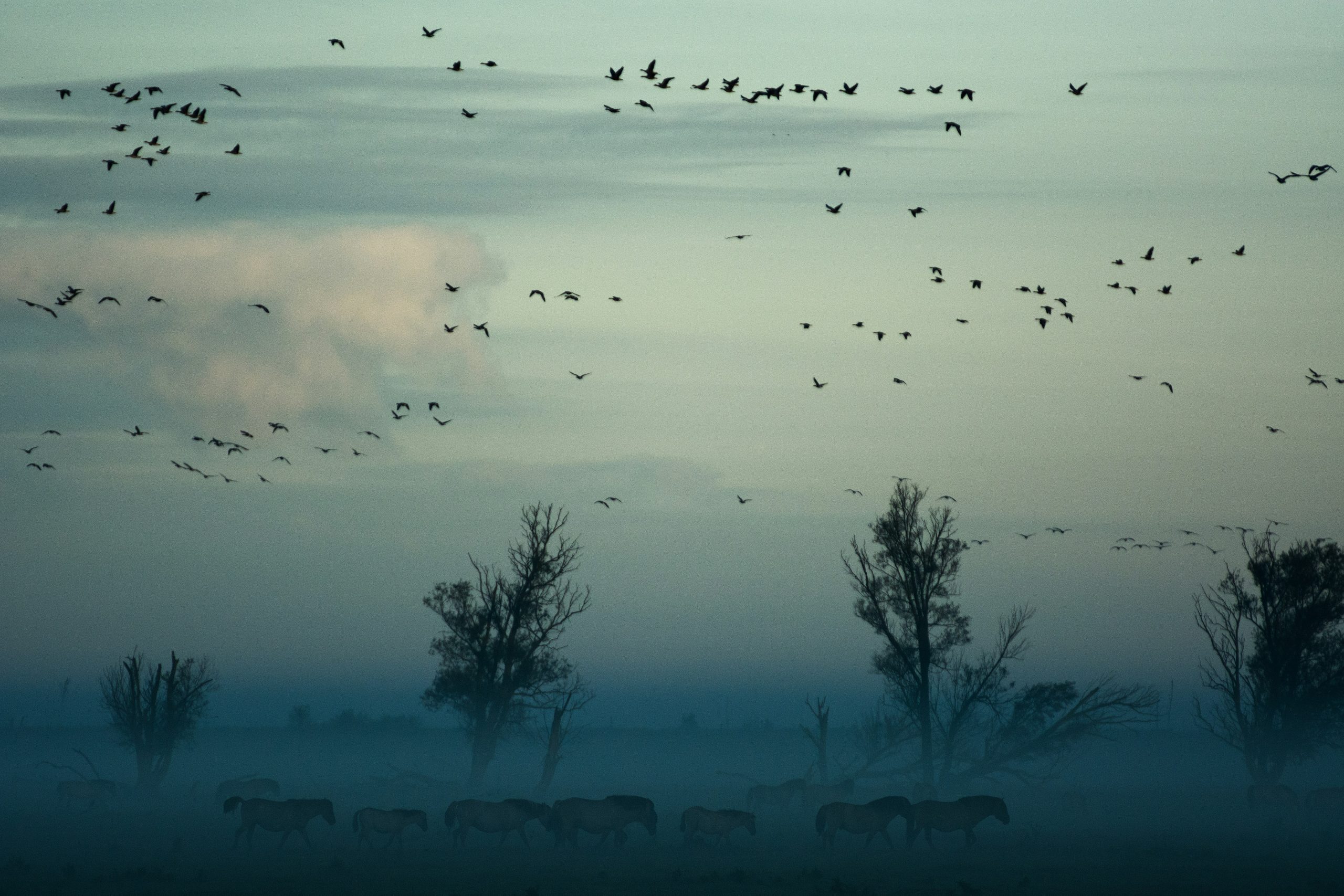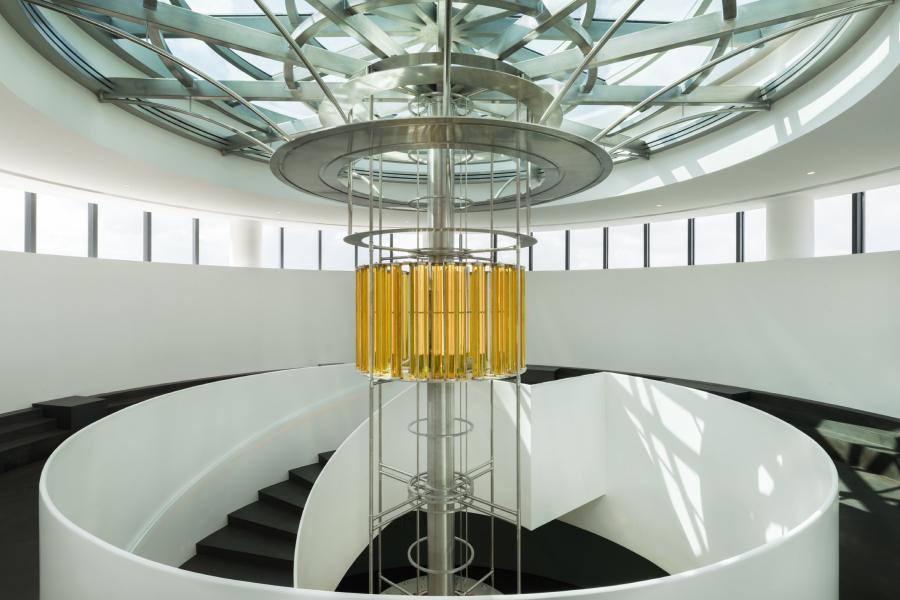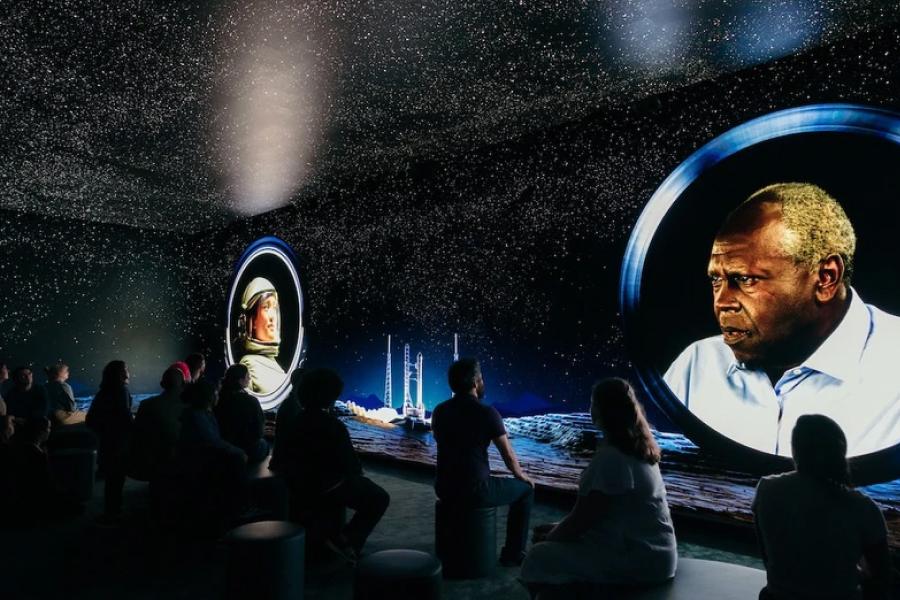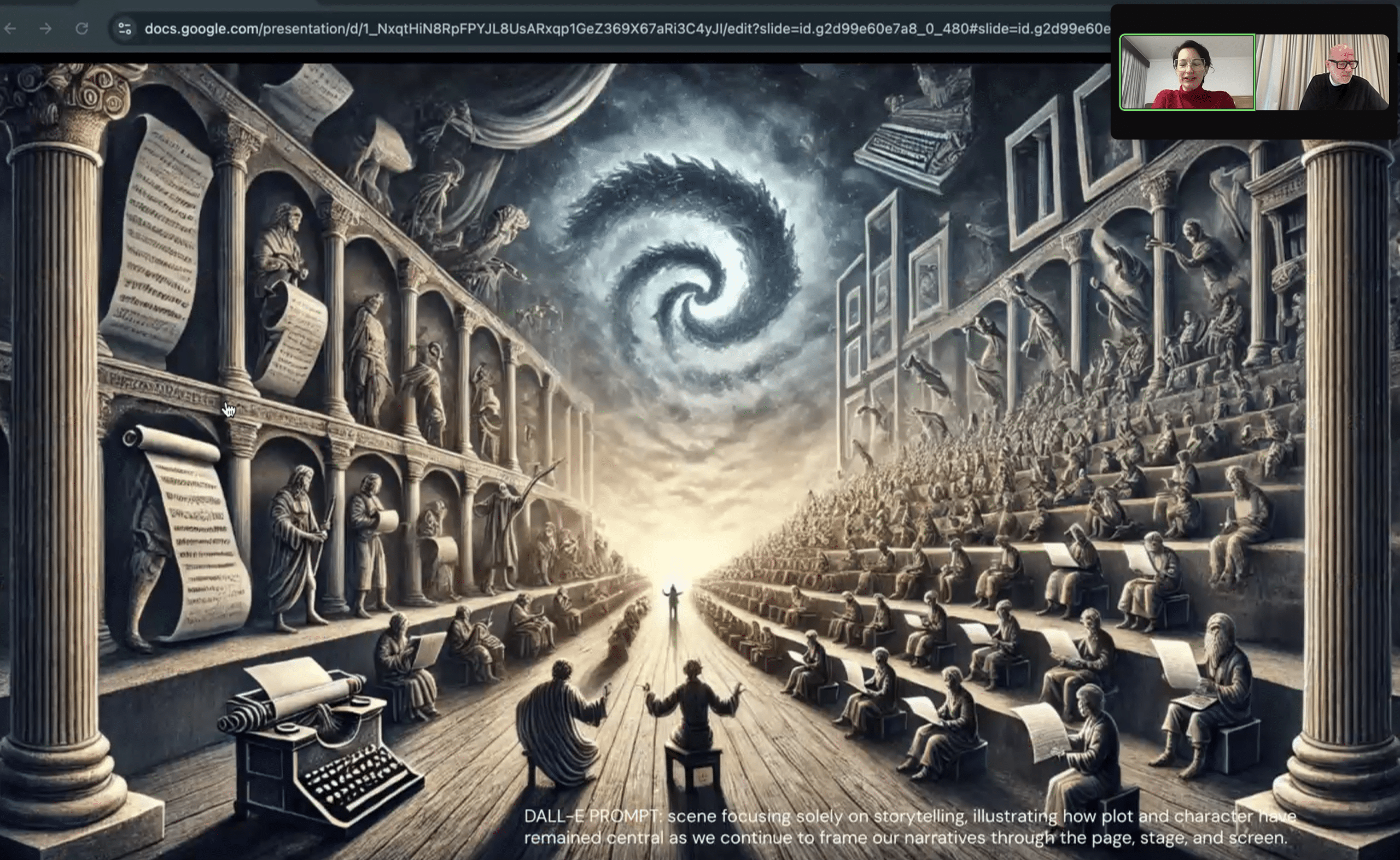Presence is vital for experiences. We’re trying to meet people in the moment, and get them to feel fully present in the experience we’re creating.
This means not only understanding the world we’re creating, but also the inner world they bring with them, and the dialogue between the two. This inner world manifests in symbols, both individual and shared, with meaning arising from our understanding.
Philosopher-provocateur Enrique Enriquez believes we should pay more attention to symbols. Enriquez is – in his own words – a rumour whose work explores the magical value of language, birdsong, dreams, and the Tarot de Marseilles. He is the author of Tarology, En Terex It & Ex Itent Er, and Linguistick, and his ideas are the central theme of the feature film Tarology, the Poetics of Tarot.
Having graced the stage and hosted an intimate conversation parlour at this year’s World Experience Summit, Enriquez returns to the WXO Campfire to explore how we can be more present, and what this might mean for the experiences we create.
Here are some of the words he shared, with an invitation to be present within them.
Presence Expands Reality
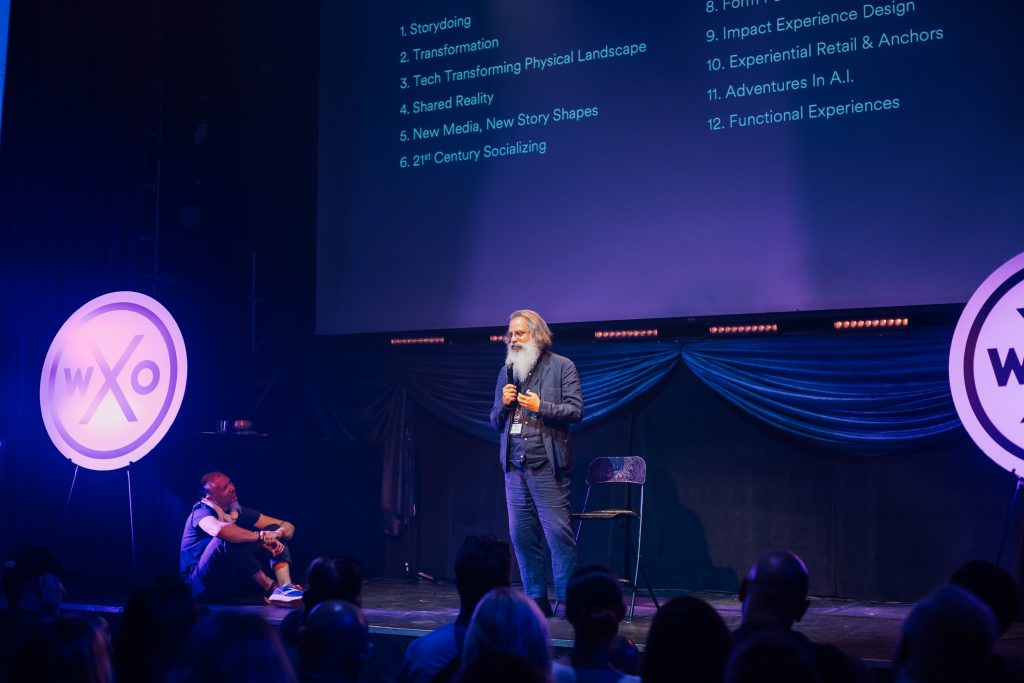
“The other day I saw a young woman eating a chocolate croissant outside a cafe. She took a bite, and when she put it down she turned it over. The croissant immediately became a turtle on its back.
What is the meaning of this image? It doesn’t solve any problem for me. So what is it? Is it gossip? The opposite of gossip? Image comes from a place – it exists only in the dialogue between presence and reality. Presence expands reality, and reality expands our inner world. Whether we know it or not, we’re all looking for that extraordinary moment when the world out there mirrors our inner experience, when the world seems to be addressing us in a magical way.
Doctors in the Middle Ages thought they could cure madness by extracting a stone from the brain of fools. There’s something sound about this: fearing the crystallisation of thought. Thoughts weigh us down. When we’re present in the world, if everything simply presents a mirror to our own experience, we petrify. We become stones. We need that moment in which our experience of reality expands what we are, even if it leads to the unexpected or the useless, like a croissant turning into a turtle.”
The Greatest Solve For Reality Is Our Gaze
“We all need to build an inner life, an inner space. Maybe we’re born with that, and it gets filled with stuff that doesn’t seem useful. Sometimes we have to fight for or build this space in a constantly conscious way. I suspect this inner space doesn’t get fulfilled inside of us – the only way is to understand everything out there as an extension of our senses. Everything we see lands its properties to us and changes what and who we are.
This space of dialogue with reality is almost like breathing: we take the world in, we put a bit of ourselves into the world, and things start changing. Mutual expansion as a notion of being present. It’s not just being there or paying attention – what does that mean? It’s an active process, not just contemplation. We’re in constant dialogue with the other.
In that space, what we understand of our reality changes, but so do we. The stone of madness dissolves. The greatest solvent we have for reality is our gaze. As soon as we understand the way memory affects matter, and learn to differentiate between our memory and the memory of the world, crystallisation is solved.”
Looking With Love Or Indifference
“We have to slow down and reach the slowness of poetry. We live our lives at the speed of prose, but poetry is a slowness. Acquiring the slowness allows the thing to become explicit.
But we also need to look at things lovingly in order for that thing to reveal itself to us. I have friends who say they don’t love anything. You can look at things with love, or with total indifference. That indifference is almost like love – when we love, we accept the thing in front of us, as well as its defects. I don’t mean to dismiss, but to accept.
The other day I was in a garden and this young man said to me, “You look calm. How do I get calm?” We walked for half an hour, and I told him the only thing I know about being calm is that you have to assume you are the least interesting thing about your life. Everything else is wonderful. It was all going well, until two beautiful women walked by, and the young man rushed after them.
Everything we cease to ignore becomes fascinating: a stain, the gap between the fence and the floor, the way somebody ties their shoes. Everything has a way to bring us to the present. Everything we see in the world is some sort of garment for the thing that inhabits it, and connects different things.
We see a crack in the pavement, and realise it’s like a tree branch and the veins in my arm. Everything is somehow connected to other things, and by doing so expands. We’re no longer there: we’re in this infinite space outside of time and space.”
Living A Symbolic Life
“Choose sediment over interpretation. We go around life moving around, signifying things, and things acquire relevance for us. But at some point, it’d be great if instead of ascribing value, we contradict this dictum of the fortune teller who says things are either safe or unsafe.
When we look at something, we have to go beyond wanting to know the meaning of the thing. You can always manufacture meaning – it’s fun! – but sometimes it’s better to let that thing act by osmosis: let it sediment.
You can’t manifest in words. The experience of nature can be so overwhelming because we don’t need to understand anything: nature has an effect on us that goes beyond meaning. The tree instils in us the tree-ness. Abandon our obsession with interpretation, and by rubbing off on things we become the things we look at and extend our reality.
This is the world of symbols, the space that is between here and elsewhere. Living a symbolic life suggests we get more out of reality: we’re in a constant state of awe.”
Experience Can Build A Home Inside You
“The most effective hypnosis happens when you do it yourself. You feel what the person is feeling, you go through the experience as they would. We have to figure out what the other person is feeling, and the only way we can do this is by feeling it ourselves.
If you bombard someone, it’s exciting but they’ll forget everything. But if you poison them – you don’t know, but you start feeling sick and carrying this thing along. Some things are incredible in the moment, but you leave and never give them a second thought.
Other things build this home inside you, keep growing in you, start feeding on you. Maybe an ideal experience would have both: grab you, but also plant something there that expands your life as you go beyond the experience.
For any experience there is anticipation and excitement – sometimes it’s fantastic to have expectations, sometimes it’s terrible. Sometimes it’s difficult to compete with people’s expectations and desires, but sometimes can help build momentum and make it more intense. And then the opposite of anticipation: this remnant effect, allows them to keep reflecting and reinterpreting.”
The WXO Take-Out
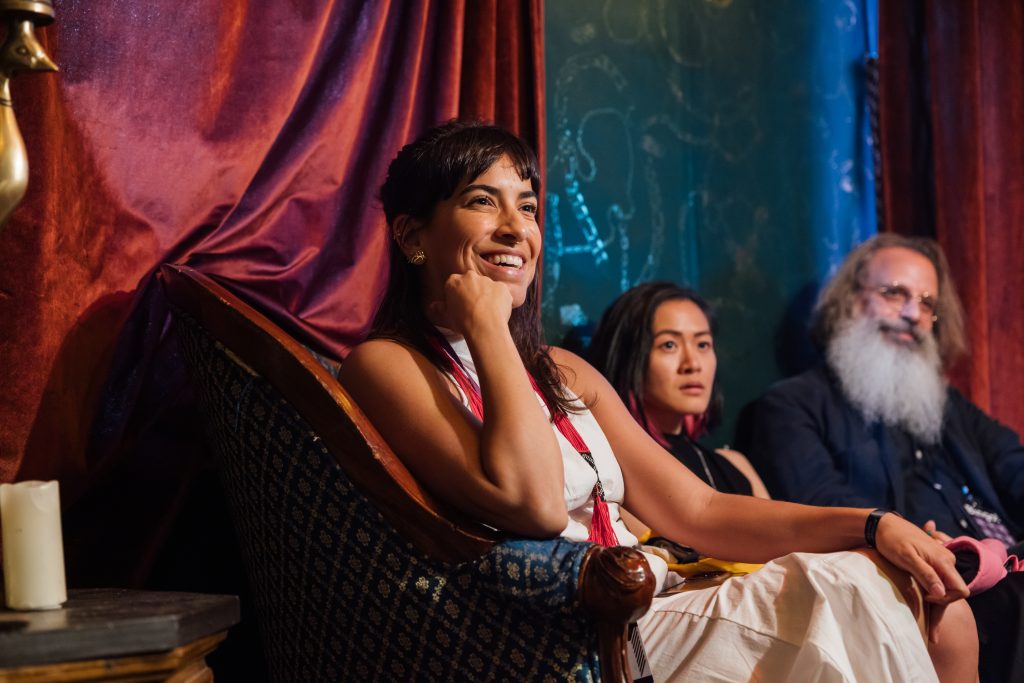
It might take some deep thinking and reflection, but we believe there’s immense value in Enriquez’s call to pay attention to symbols both interior and exterior.
We should pay attention to what we’re doing, versus what the person we’re designing the experience for is trying to do. Where’s their head at? How do you bring them into your space and immerse them? Are you setting rules or assumptions? And how is all this fighting with their current mindset?
We can also allow experience design to be devotional and design it in an intentional way. This is hard to imagine in our secular world, but how might it be possible? As Enriquez says:
“If you create an experience that creates a culture around it, you have something that is designed beyond or across time”. Enrique Enriquez
Finally, symbols can be a remnant of an experience and unite us, as well as bring us back to that moment. As Enriquez says:
“Experience used to be a rite of passage that people share and it creates the symbol: the remnant that brings us back to the experience. A token that shows I shared the thing we went through. A culture created around the experience, so people will identify not only with the experience but other people who went through it. An experience could be a fabric of symbols.” – Enrique Enriquez
So next time you’re designing an experience, ask yourself:
- How might your experience create a culture around it?
- How can you bring people more into the present moment?
- What symbols might form the fabric of your experience?
Want to come to live Campfires and join fellow expert experience creators from 39+ different countries as we lead the Experience Revolution forward? Apply to join the WXO today.

